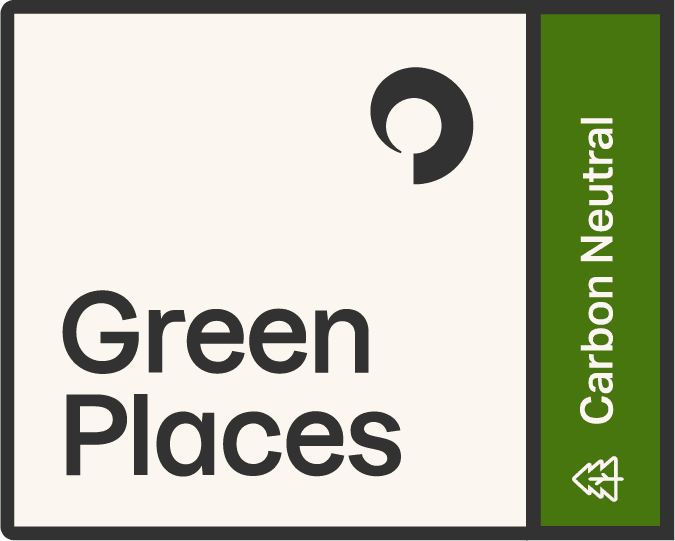A constant debate you’ll hear in the world of digital media buying is the debate between the Google Display Network (GDN) and programmatic buying using a demand side platform (DSP). The Google Display Network is just that, a network. Though making up for a large portion of the inventory, DSPs still have a much greater reach and a lot more bells and whistles. Think of it like this – GDN is the Pop Warner of football, and DSPs such as DV360, Trade Desk and MediaMath are the NFL.
For small businesses that are already running search campaigns and have small digital budgets, GDN may be a good choice as it’s an easy extention of their marketing efforts. They make the platform really easy for novice media buyers. However for clients we work with, we always recommend using our internal trade desks to maximize on scale, efficiency, and performance.
We’ve summed up some of the basic differences between GDN and DSPs, to help address any confusion or questions there may be, when trying to decide which direction you should take your digital buys.
Inventory
Demand-side platforms are integrated with 90+ ad exchanges/SSPs making up for approximately 1B websites across desktop, smartphones, tablets, and connected TVs. Integrations with 3rd party data providers. The Google Display Network is comprised of over 2 million sites specific to the AdX making up a fraction of total inventory and limited 3rd party data available.
Video
DSPs can run pre-roll, in-stream, native, connected TV, and linear TV, while GDN is limited to YouTube inventory and Display Network partners.
Site Selection
DSPs allow for whitelisting, blacklisting, private marketplace deals and programmatic direct. GDN only allow for blacklisting and whitelisting.
Creative
DSPs allow for audio, video, display and native creatives. There is flexibility in creative ad units such as HTML5, responsive, third-party tags, lightbox creative, etc. They also allow for integration with dynamic creative optimization platforms. GDN accepts Google Ad units only, and has limited control over responsive text-based ads or dynamic placements.
Verification
DSPs have fraud protection and brand safety controls, that are integrated with leading third-party verification providers. GDN has Google Ads only brand safety controls with no third-party integration.
Tracking
DSPs integrate with ad servers to allow for complete de-duped tracking and robust reporting. GDNs reporting is through Google Ads which limits transparency on ads placed.
Still confused about the programmatic landscape? Check out The Programmatic Display Landscape Simplified.










Thank you Melissa! Just adding to this, as we were all discussing internally at the office – the biggest advantage people liked about Google Display Network (other than it’s ease of use to check a box and have it run), was the ability to run on a CPC basis. Google’s DV360 dsp has now rolled out Outcome Based Buying, which allows clients to buy on a CPC basis rather than a CPM. So for someone who needs optimization tools, there really aren’t better choices than the DSP method. Thanks for the post!